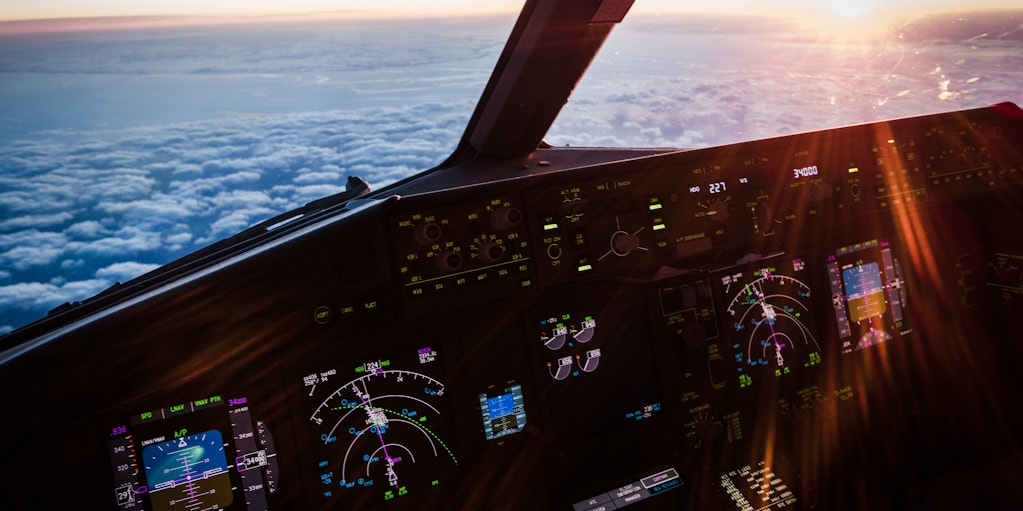
High-BIAS
Strengthening global navigation with quantum technology
Tags
We worked with Airbus Blue Sky, ColdQuanta and Fraunhofer UK as part of the InnovateUK-sponsored High Bandwidth Inertial Atom Source (High-BIAS) project to develop a proof of concept for a portable quantum sensing device. The new device is the first step towards building commercial quantum navigation technology that’s more accurate and reliable than traditional GPS and GNSS, transforming the way people move around the planet.
Key successes
- Developed the core to the world’s smallest and fastest quantum accelerometer
- Identified ways to reduce the 30-month development cycle to 15 months
- Created a three- to five-year commercialisation path for the technology
Protecting air navigation from interference
The Global Positioning System (GPS), the world’s original network for satellite navigation, and other Global Navigation Satellite Systems (GNSSs), are vulnerable to technical outages, cyberattacks, disruptions due to atmospheric or reflection effects, and interference. Quantum technology eliminates these and ensures zero drift – meaning it can locate and navigate vehicles with pinpoint accuracy in any environment. It could even protect from accidental and malicious attack.
To create a quantum technology that would improve navigation accuracy and safety, we worked closely with a consortium representing the complete supply chain, including Airbus Blue Sky as the end user, PA as the systems integrator, and ColdQuanta and Fraunhofer UK as the core technology suppliers. The consortium was sponsored by InnovateUK, part of the Government’s UK Research and Innovation organisation.
“The aviation industry depends on highly accurate satellite navigation to keep flights within their assigned slots. Avoiding intended and unintended disruption to such navigation is vital to improving flight safety and keeping the worldwide air system moving efficiently,” says Paul Martin, PA quantum technologies expert. “With the rise of cheap and sophisticated off-the-shelf technology capable of disrupting existing navigation, the race is on to develop quantum technology for aerospace applications.”
Portable quantum technology and transport
Taking an agile approach, we provided our consortium partners with business case development, requirements gathering, systems engineering and roadmap development, all with the goal of plotting the fastest way to achieve a minimum viable product for the quantum sensor.
Working with Airbus Blue Sky, ColdQuanta and Fraunhofer UK, we gathered requirements from navigation experts and investigated a range of technology strategies to reach key milestones along the development of the minimum viable product. The team looked at the whole business model, including a commercialisation model to take quantum technology to market, and created a viable supply chain that includes a sensor supplier, system integrator and buyer.
- Zero: Drift of quantum sensors compared to classical sensors
- 2X: How much more sensitive quantum sensors are than today’s technology
- 6X: Number of axes supported by a single atom cloud sensor.
This collaboration has set a new course for aerospace navigation with quantum technology – one that will make flying safer, more secure and completely dependable for businesses, crew, and passengers.
Explore more






